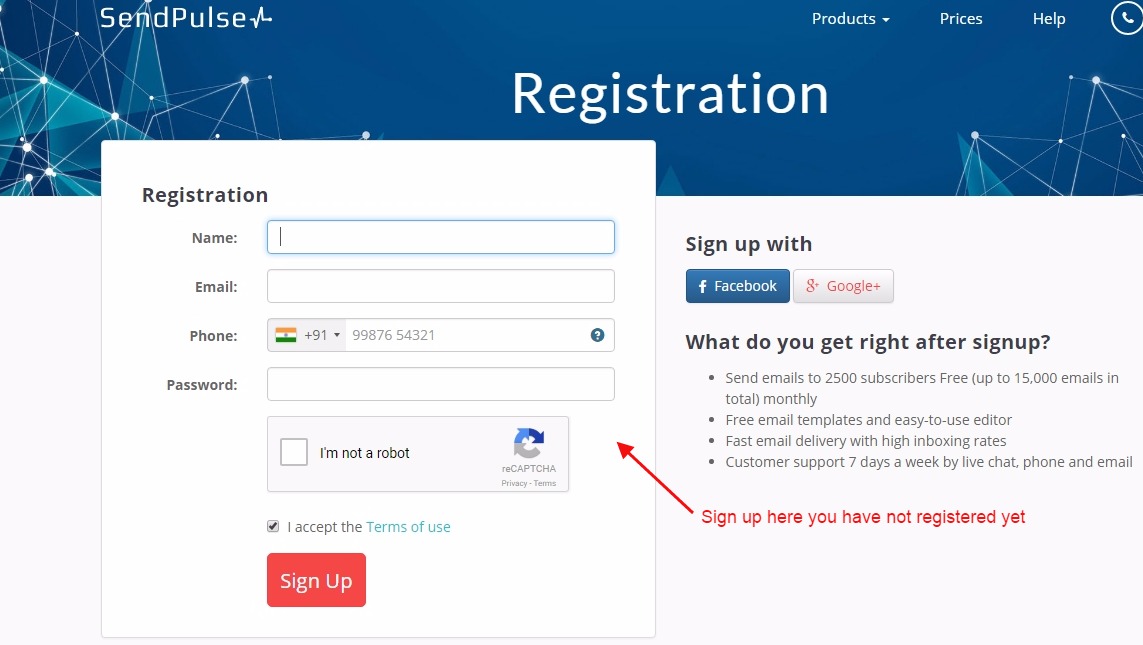A drip campaign is an automated email marketing strategy that involves sending a series of pre-designed and pre-scheduled emails to subscribers or customers over a specific period of time. The term “drip” refers to the gradual and consistent delivery of these emails, similar to a slow drip of water.
Drip campaigns are designed to nurture leads, educate subscribers, or guide customers through a specific journey or sales funnel. The emails in a drip campaign are typically sequenced strategically to deliver relevant and valuable content to the recipients, with the goal of building engagement, trust, and eventually driving conversions.

Here are some key characteristics and benefits of a drip campaign:
- Automated and Scheduled: Drip campaigns are set up in advance and triggered by specific actions or events, such as a user signing up for a newsletter or making a purchase. Once triggered, the emails are sent automatically according to a predefined schedule.
- Personalized and Targeted: Drip campaigns can be personalized based on subscriber preferences, behavior, or demographics. By segmenting the audience and tailoring the content, businesses can deliver more relevant messages and increase the chances of engagement and conversion.
- Progressive Content Delivery: Drip campaigns allow marketers to deliver content in a sequential manner. Each email in the series builds upon the previous one, providing a cohesive and progressive experience for the recipient. This can be particularly effective for educating prospects or onboarding new customers.
- Lead Nurturing: Drip campaigns are often used for lead nurturing, where the focus is on building relationships and guiding prospects along the buyer’s journey. By delivering valuable content and addressing their pain points or interests, businesses can keep leads engaged and move them closer to making a purchase.
- Increased Conversion Rates: Drip campaigns have been shown to be effective in increasing conversion rates. By delivering targeted and timely messages, businesses can influence customer behavior, prompt action, and ultimately drive conversions.
- Time and Resource Efficiency: Once a drip campaign is set up, it runs automatically, saving time and resources for businesses. Marketers can focus on creating compelling content and optimizing the campaign, while the automated system takes care of delivering the emails.

It’s important to note that successful drip campaigns require careful planning, segmentation, and monitoring. Marketers should regularly analyze the performance of the campaign, make adjustments as necessary, and ensure their content remains relevant and valuable to the recipients.
Overall, drip campaigns are powerful tools in email marketing that allow businesses to deliver targeted and personalized content over time, nurturing leads, and driving conversions.
How can I set up a drip campaign for my business?
Setting up a drip campaign for your business involves several steps. Here’s a general guide on how to set up a drip campaign:
- Define Your Goals: Clearly define the objectives of your drip campaign. Are you aiming to nurture leads, onboard new customers, promote a specific product, or re-engage inactive subscribers? Having a clear goal will help shape your campaign strategy.
- Identify Your Target Audience: Determine the specific segment or audience you want to target with your drip campaign. Consider factors such as demographics, behaviors, interests, or previous interactions with your business to create relevant and personalized content.
- Choose an Email Marketing Platform: Select a reliable email marketing platform that supports drip campaigns and automation. Popular options include Mailchimp, HubSpot, ActiveCampaign (Try it for free here) , and ConvertKit. These platforms provide tools to create, schedule, and track your drip campaign.
- Plan Your Email Sequence: Determine the number of emails you want to include in your campaign and the time intervals between them. Map out the content and purpose of each email, keeping in mind the progression and relevance to your audience.
- Craft Compelling Content: Write engaging and valuable content for each email in your drip campaign. Tailor the content to the specific goals and needs of your target audience. Use a mix of educational content, promotional offers, storytelling, and calls to action to keep recipients interested and motivated.
- Set Triggers and Automation: Define the triggers that will initiate your drip campaign. Triggers can be actions like a user subscribing to your newsletter, making a purchase, or signing up for a free trial. Set up the automation rules in your email marketing platform to ensure the drip campaign starts when the trigger event occurs.
- Design and Customize Emails: Use the email marketing platform’s design tools to create visually appealing and branded emails. Customize the templates to align with your business’s visual identity and incorporate relevant images, graphics, and your logo.
- Test and Review: Before launching your drip campaign, thoroughly test the emails to ensure they display correctly across different devices and email clients. Review the content, grammar, and spelling to maintain a professional appearance and avoid errors.
- Monitor and Optimize: Once your drip campaign is live, closely monitor its performance. Track open rates, click-through rates, conversions, and other key metrics provided by your email marketing platform. Analyze the data, identify areas for improvement, and make necessary adjustments to optimize the campaign’s effectiveness.
- Iterate and Improve: Continuously evaluate and refine your drip campaign based on the insights you gather. Test different subject lines, email content, send times, or segmentation strategies to improve engagement and conversions.

Remember to comply with email marketing regulations, such as obtaining proper consent and providing an option for recipients to unsubscribe from your emails.
Setting up a successful drip campaign requires careful planning, compelling content, and ongoing optimization. By delivering targeted and timely messages, you can engage your audience, nurture leads, and drive conversions for your business.

